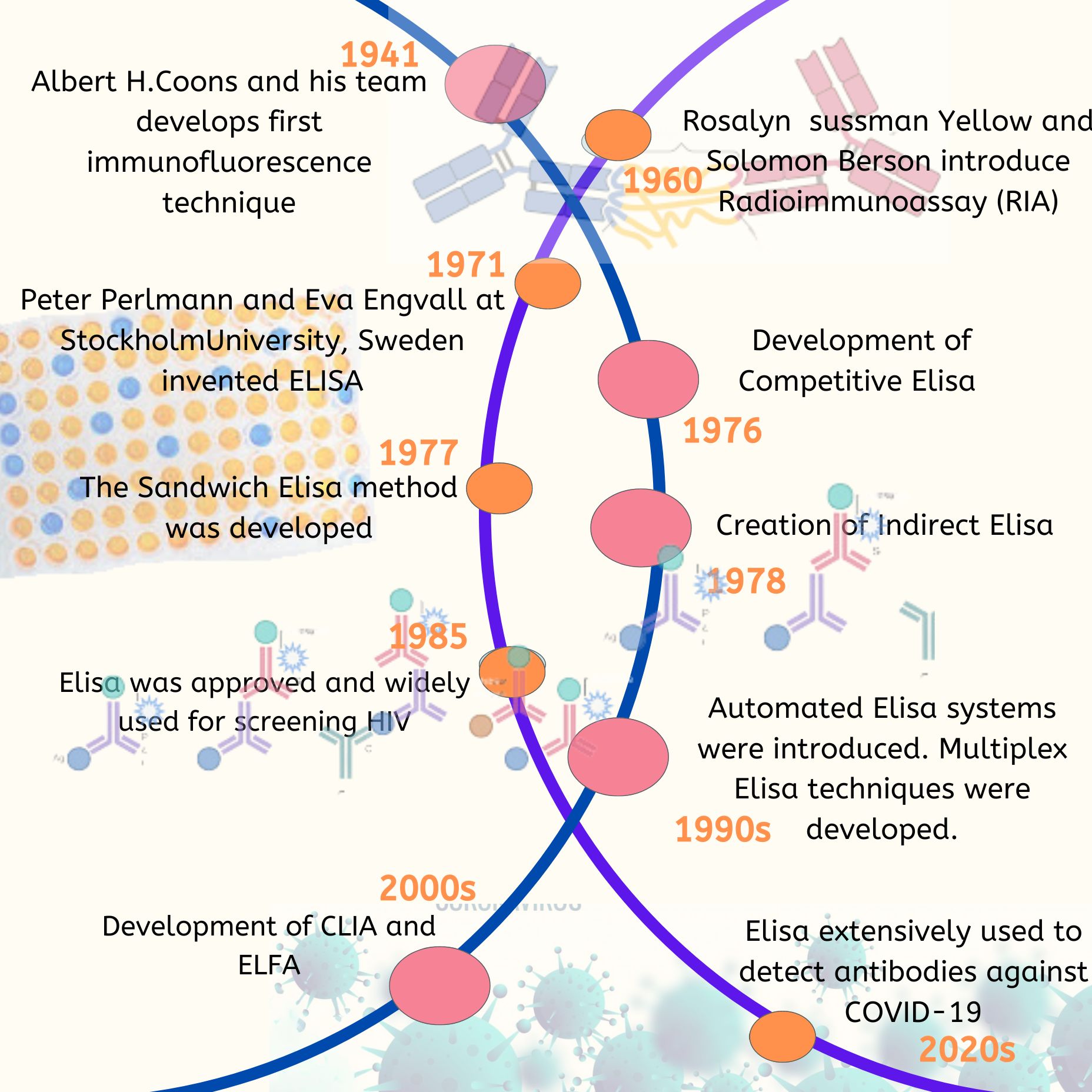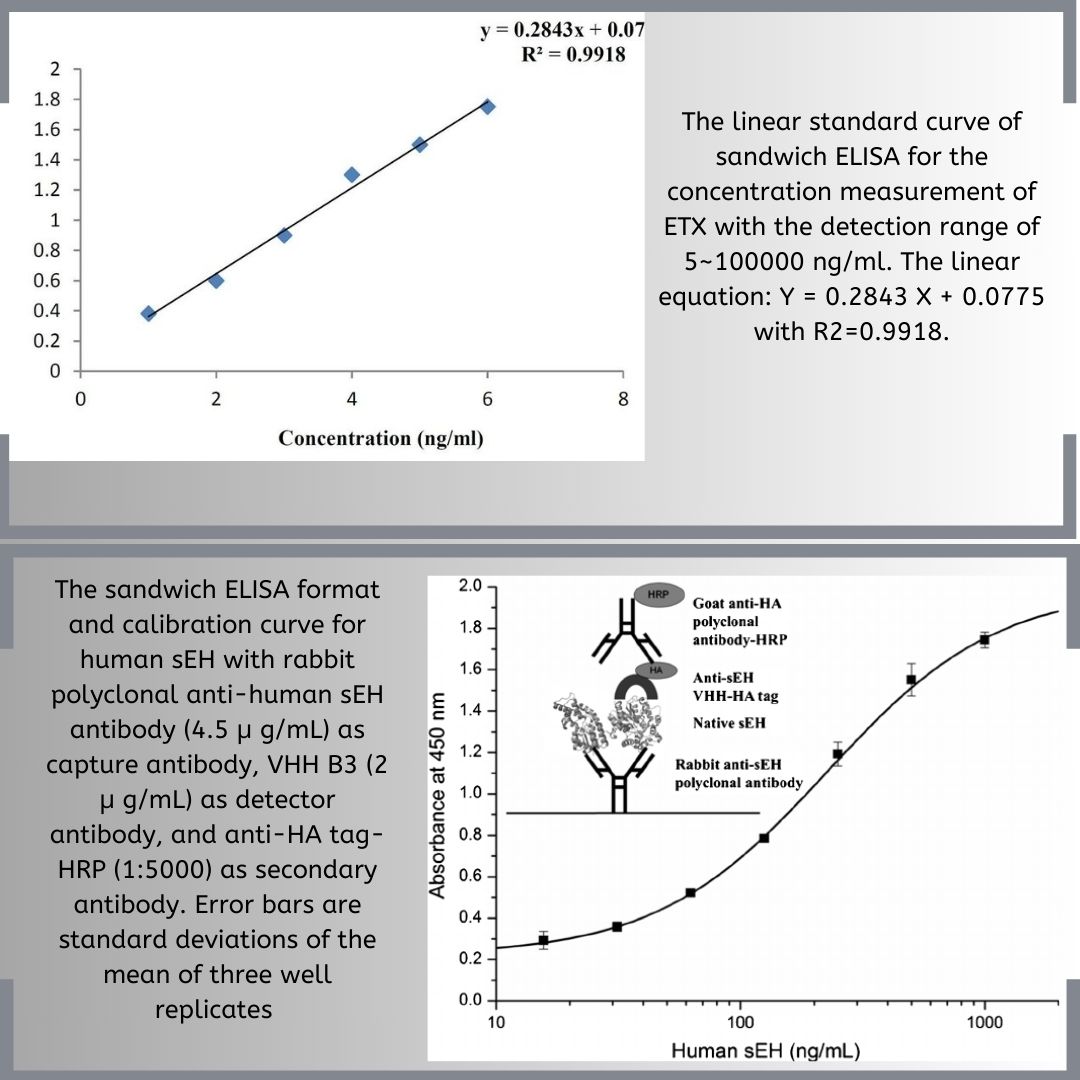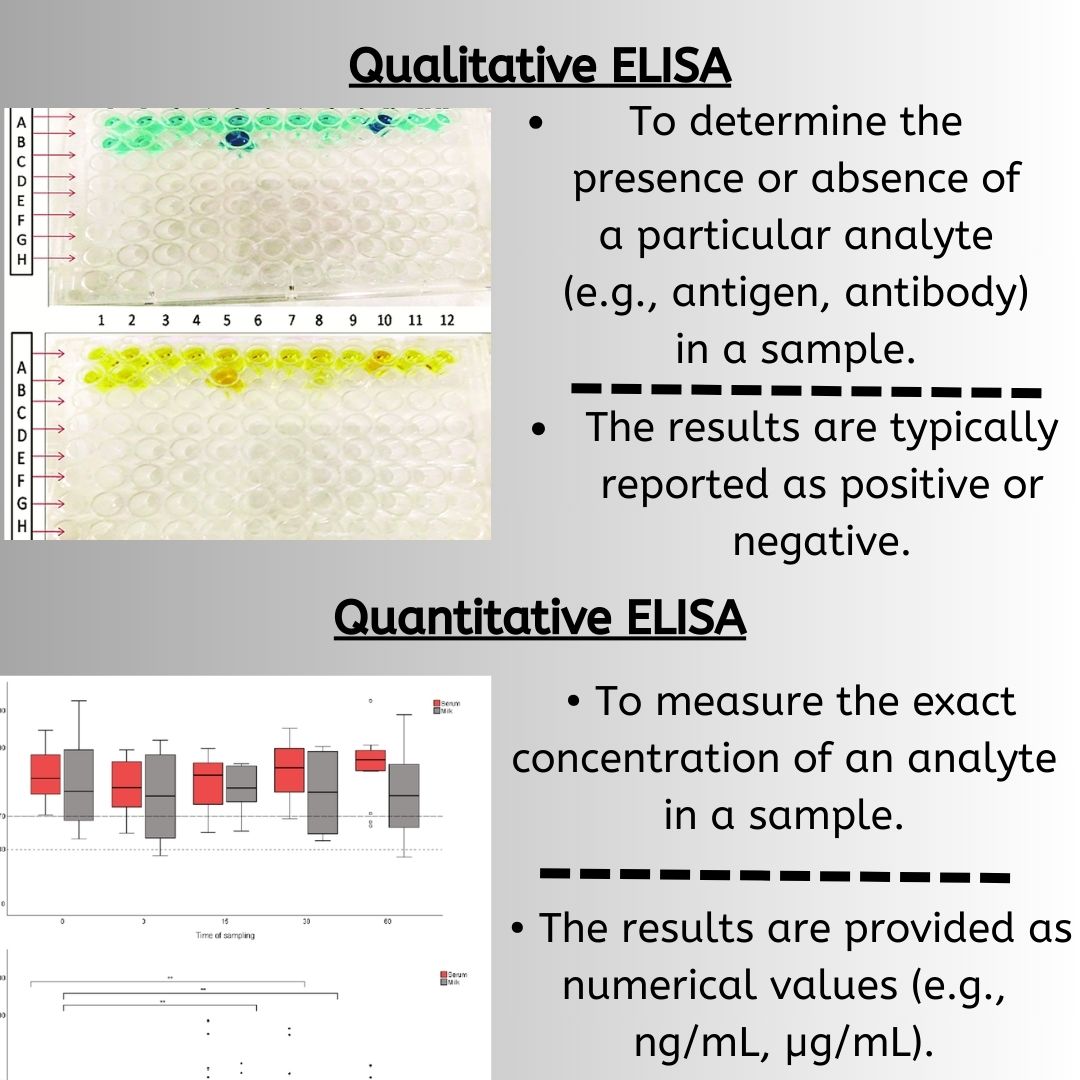This rare syndrome develops before the birth of the infant that presents abnormalities of various parts of the body such as the eyes, genitalia, hearing difficulties and webbed skin between the digits. This rare inherited genetic condition manifests at the birth and the affected children have a poor survival rate. Fraser syndrome appears to affect around 1 in 200,000 infants.
Symptoms
Fraser syndrome is characterized by the multiple abnormalities such as defective eyes that can result in impaired vision or complete loss of vision, missing kidneys, fusion of the fingers and outer ear deformities. The eyes are usually entirely covered by the skin and are generally malformed (cryptophthalmos), partial fusion of the digits (syndactyly), problems of the genitalia and the urinary tract (genitourinary anomalies), missing eyebrows or eyelashes are evident. Depending on the severity of the condition, additional organs may also be involved. This condition can be fatal after the birth of the infant, although the individuals with the less severe form of this syndrome can live into adulthood. The additional symptoms can include heart malformations, problems with the voice box (larynx), cleft lip, cleft palate and the malformations of the respiratory tract.
Causes
The three genetic mutations that can cause this syndrome are identified as FRAS1, FREM2 or GRIP1. The FRAS1 is one of the common causes of fraser syndrome. The FRAS1 and FREM2 protein are a part of a complex protein known as FRAS / FREM complex and the GRIP1 protein ensures that these two proteins can form the FRAS/FREM complex. This complex is important during the development of the infant in the womb which anchors the top layer of the skin to the basement membrane. The genetic mutation affects the complex which results in the detachment of the surface layer of the skin. Fraser syndrome is inherited in an autosomal recessive pattern meaning both the copies of the gene in each cell from the parents are defective.
Diagnosis
The diagnosis of this syndrome is possible during pregnancy and after the birth of the infant. This is possible after identifying the various clinical features that are associated with this condition and the evaluation of the medical history of the family. The condition can be confirmed after various diagnostic tests and a genetic test that seeks to identify the mutation in the gene that is responsible for causing this condition. The ultrasound during pregnancy can also identify the characteristic features of this syndrome such as the lack of kidney development.
Treatment
The treatment can consist of surgical intervention to address the critical problems such as renal damage and laryngeal defects. The additional treatments are based on the abnormalities that are evident in each case. This can consist of surgical correction for the eye problems, the fused digits and ear abnormality. The other types of treatments are supportive care. Kidney transplantation may also be required in some of the cases. Genetic counseling may be beneficial for some of the affected individuals and their family.
References
https://rarediseases.org/rare-diseases/fraser-syndrome/
https://ghr.nlm.nih.gov/condition/fraser-syndrome#statistics



